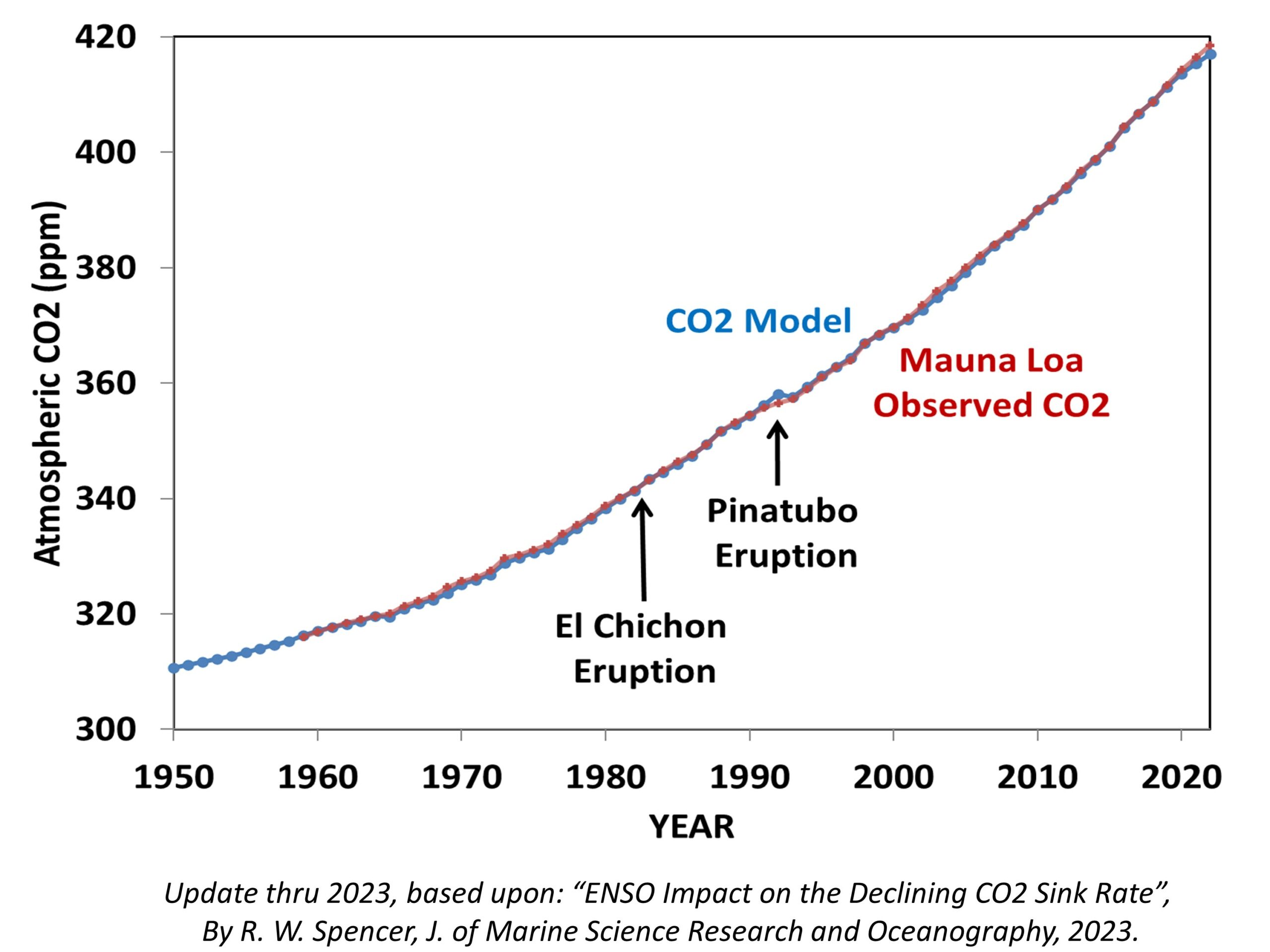by F.B. Soepyan, Apr 19, 2024 in CO2Coalition
NASA claimed that “Earth is warming at an unprecedented rate” and “human activity is the principal cause.” Others proposed spending trillions of dollars to control the climate. But are we humans responsible for climate change? And what can we do about it?
“The climate of planet Earth has never stopped changing since the Earth’s genesis, sometimes relatively rapidly, sometimes very slowly, but always surely,” says Patrick Moore in Fake Invisible Catastrophes and Threats of Doom. “Hoping for a ‘perfect stable climate’ is as futile as hoping the weather will be the same and pleasant, every day of the year, forever.”
In other words, climate change is normal and natural, and you can forget about controlling it.
For instance, a major influence of weather and climate are solar cycles driven by the Sun’s magnetic field over periods of eight to 14 years. They release varying amounts of energy and produce dark sunspots on the Sun’s surface. The effects of solar cycles on Earth vary, with some regions warming more than 1°C and others cooling.
Climatic changes occur as a result of variations in the interaction of solar energy with Earth’s ozone layer, which influences ozone levels and stratospheric temperatures. These, in turn, affect the speed of west-to-east wind flows and the stability of the polar vortex. Whether the polar vortex remains stable and close to the Arctic or dips southward determines whether winters in the mid-latitudes of the Northern Hemisphere are severe or mild.
In addition to solar cycles, there are three Milankovitch cycles that range in length from 26,000 to 100,000 years. They include the eccentricity, or shape, of Earth’s elliptical orbit around the Sun. Small fluctuations in the orbit’s shape influence the length of seasons. For example, when the orbit is more like an oval than a circle, Northern Hemisphere summers are longer than winters and springs are longer than autumns.
…


